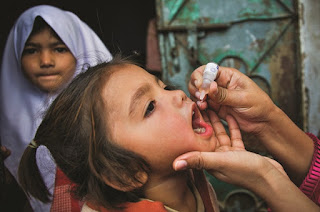Children 11 to 14 years old need only two doses of the H.P.V. vaccine, not the previously recommended three doses, to protect against cervical cancer and other cancers caused by the human papillomavirus, the Centers for Disease Control and Prevention said on Wednesday.
But teenagers and young adults who start the vaccinations later, at ages 15 through 26, should stick with the three-dose regimen, the disease centers said.
The new advice is based on a review of studies showing that two doses in the younger group “produced an immune response similar or higher than the response in young adults (aged 16 to 26 years) who received three doses,” the diseases centers said in a statement. The two doses should be given at least six months apart, the agency said.
The statement also noted that the two-dose schedule will make the process simpler and easier for families to complete and could increase the number of young teenagers who receive the vaccine. Despite the vaccine’s proven effectiveness, immunization rates have remained low.
H.P.V. is a group of more than 150 related viruses, according to the disease centers. They are spread by intimate, skin-to-skin contact, and by vaginal, oral and anal intercourse. H.P.V. is so common that nearly all sexually active people become infected at some point. In most people, the immune system destroys the virus. But in some, the infection lingers. Some viral strains cause genital warts, and others can cause cancers of the cervix, vagina, vulva, penis and back of the throat.
Every year, about 17,600 women and 9,300 men in the United States are affected by cancers caused by H.P.V., and about 180,000 women and 160,000 men develop genital warts caused by the viruses.
Vaccination is recommended for preteenagers and early teenagers, ideally before they become sexually active, because the vaccine works best if given before a person is exposed to H.P.V. But the disease centers still recommends vaccination for young people who have already had sex, saying that it should provide “at least some protection.”






